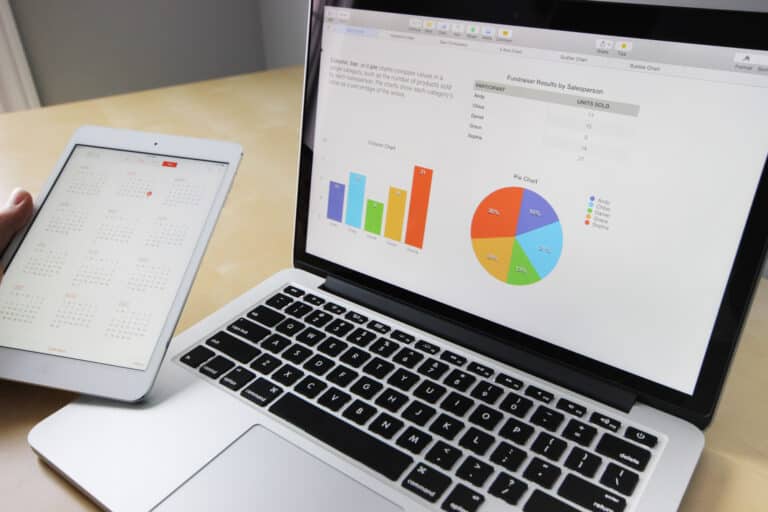Data analysis
Data-analysis by nature
Data analysis and data visualisation
The correct application of data analysis provides a better insight in your business processes, thus providing a contribution to the optimisation of the activities and the realisation of your goals. We would like to contribute to the success of your organisation with the help of data analysis and data visualisation. Data analysis is the discovery of patterns, anomalies and inconsistencies, and the extraction of other useful information about the research subject by means of analysis, modelling and visualisation for the purpose of the planning or the execution of the assignment.
Data analysis and data visualisation often go hand in hand. However, there is an important distinction. Data analysis, including data extraction, data transformation and data validation, is a process that precedes the visualisation. This is also described as ETL (Extraction, Transformation and Load). The visualisation is in fact a graphical representation of the processed data. For the reliability, the ‘analysis part’ is of crucial importance.
By making use of special software, the integrity of the data is guaranteed, and it’s traceable which edits have taken place in the data. This allows the data to be verified in relation to the source. With the help of the development of specific scripts that are geared at the data from your organisation, it’s possible to repeat the extraction in a straightforward manner.
The discovery of relevant patterns in the data that serve to investigate further makes it possible to perform a better risk analysis, which may result in a better base for the approach to the audit’.
(Steering group public interest, 2019).

